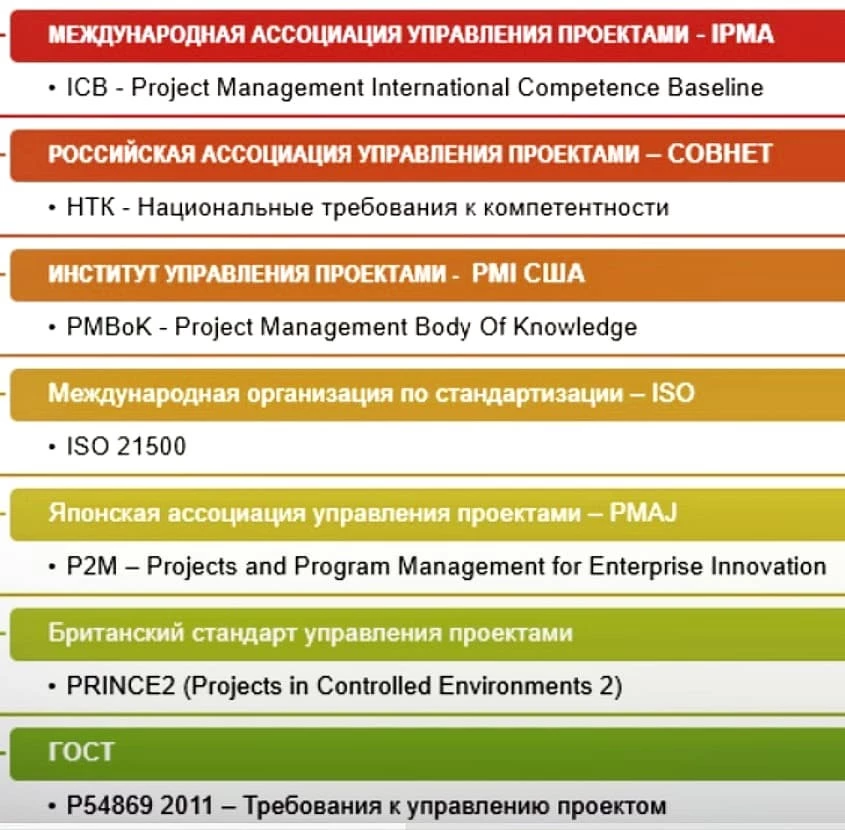Algorithm for rational and careful implementation of digital technologies
- Джимшер Челидзе
- Apr 17, 2024
- 5 min read
Content
Good afternoon, dear readers. We very often work with small and medium-sized businesses, which are very vulnerable; for them, digital is a very expensive undertaking. And their most frequent request is how to start digitalization and not invest huge budgets into nothing?
How to evaluate effectiveness? Why do we need this? Why should we do this, and not outsource it to IT companies and vendors?
And today we’ll talk a little about how to start this path, to do it rationally and with measurable effects, with minimal resistance from staff.
This algorithm is at the intersection of lean manufacturing, systems limitation theory, product management, change management and personnel psychology.

As a result, we think you will understand why it is impossible to delegate this issue only to the IT department or to outsourcing.

The first step is to visualize and understand how the client interacts with us.
At the same time, many companies do not have a visualized customer journey; they create “bureaucratically” correct procedures, and when customers encounter them, they simply go to other suppliers.
And the big problem when introducing digital technologies is forgetting why we are doing it?
It is our clients who evaluate our effectiveness. They pay us, and with their own means they estimate our value. They show our performance.
And one of the tasks of digital technologies is to make us more valuable specifically for the client. Therefore, when implementing even small projects, we must understand what the global goal is.

The second factor in business success is efficiency, that is, the costs of obtaining results.
The first step to reduce them is visualization again.
And the greatest potential for a synergistic effect is the search for the intersection of internal processes with the client path.
This is generally one of the main principles of lean manufacturing - every action should create value and eliminate internal waste.
At the same time, you need to understand that most likely you do not have business processes, and to describe and build them, you need a described organizational structure with data about functions, powers, resources, and the target product.
The main tool is modeling of business processes and mastery of basic notifications, working with organizational structures

Here is one of the key points - looking for losses and limitations of the system.
This needs to be understood. What restrictions and losses of internal processes affect effectiveness and efficiency.
And since this algorithm is suitable primarily for those companies that are starting their journey in digitalization, the focus is on performance, on customers.
In this case, we will be able to “load up” production and receive finance (resources) for further transformations.
Here you need to use 2 tools:
systems limitation theory
Lean

Now let's talk not just about the key stage, but about the critical one.
You need to understand and determine what technologies can help you, what IT systems make sense.
Let us briefly recall the main list of digital technologies:
And also the “main” classes of IT systems:
And with all initiatives, you must remember that you will be engaged in global digitalization and digital transformation. Data management competence is very important here. You are on the way to building a unified information environment and using end-to-end analytics, where HR data evaluates the efficiency of procurement and production.
Well, after you have decided on digital technologies, you need to set targets and success criteria for new processes.
Divide your indicators into measurable and qualitative. Unfortunately, the metric may not be measurable everywhere, but it is still the basis.
Main tools:
digital technologies
Data management
management based on data and indicators

The implementation of any changes is essentially a project. And many of them fail because of the wrong management tools.
In some places you need to follow the “waterfall” model, and in others you need to follow Agile/Scrum
Moreover, modern realities lead us to hybrid approaches. When different approaches are used at different stages within a project.
But you should remember the main stages of both any project and any stage within a project:
Initiations
Planning
Implementation
Control
Completion
To help you select the required management tool, we recommend using the Kinevin model

Let us recall the basic standards and approaches for project management.

They can be broken down into:
1. Standards for manager competencies:
ICB standard from IPMA
NTK standard from SOVNET, which is a translation of ICB
2. Standards that build processes:
PMBoK from PMI (7th edition released in 2021)
ISO 21500 from ISO - is a summary of PMBoK (100 pages instead of 500+ PMBoK 6th edition)
P2M from PMAJ. And about projects and programs. Focused on the values that should be obtained as a result of implementation.
Prince2. Developed by the authors of ITIL, an approach to IT service management.
our GOST R is a short version of PMBoK. Answers the question “what needs to be done.”
There is also the famous Agile. Which, in fact, is not a standard, but a philosophy that is aimed at flexibility in conditions of uncertainty and the need to test hypotheses.
Main tools:


Well, when the project is implemented, it is necessary to take stock: to understand what went well and what did not, what the reasons were, what was not taken into account. Let's add this to the knowledge base.
Then we “freeze” the changes - create instructions, memos, regulations, conduct staff training
Well, in the end we return to point 1 and go again. The desire to immediately do everything perfectly is unnecessary.
There is no need for revolutions; you can follow an evolutionary path, constantly learning and improving. This is the basis of the PDCA principle
In addition, this approach reduces staff resistance . They change a little each time and see the effects.
And these are one of the key factors of staff resistance.